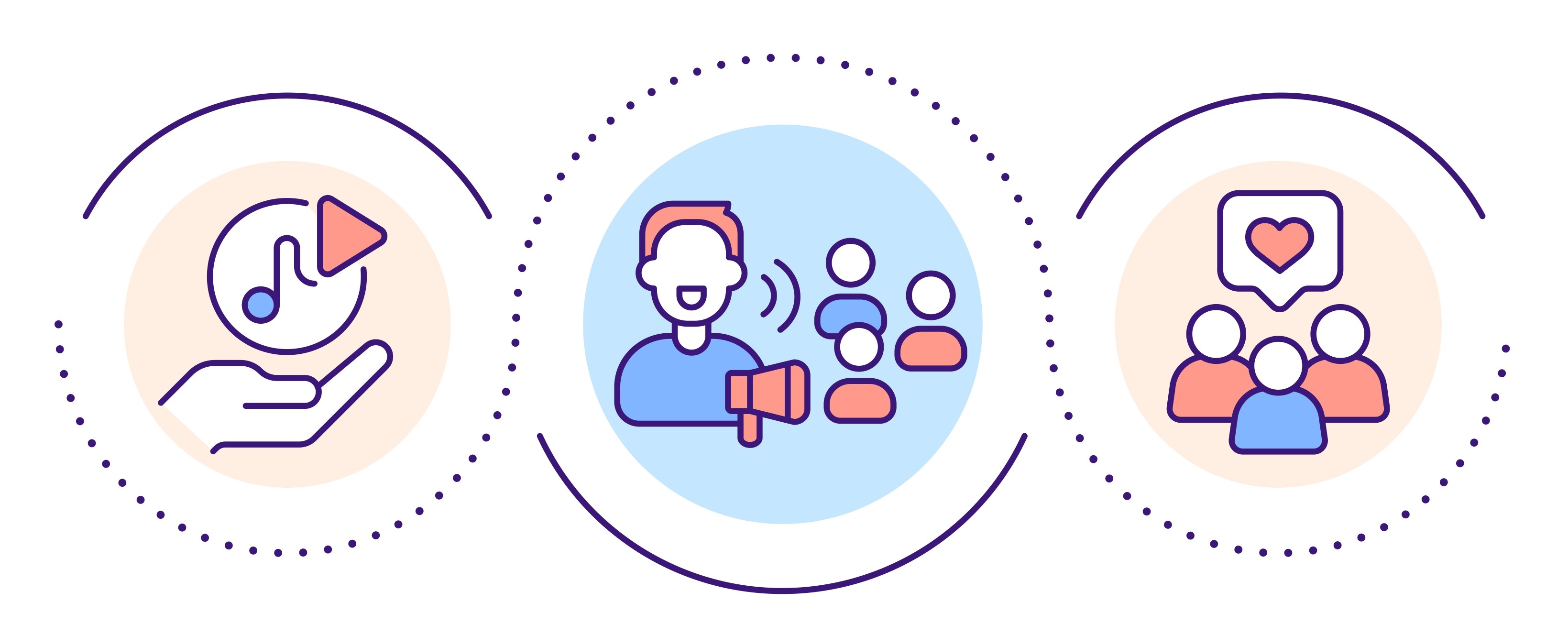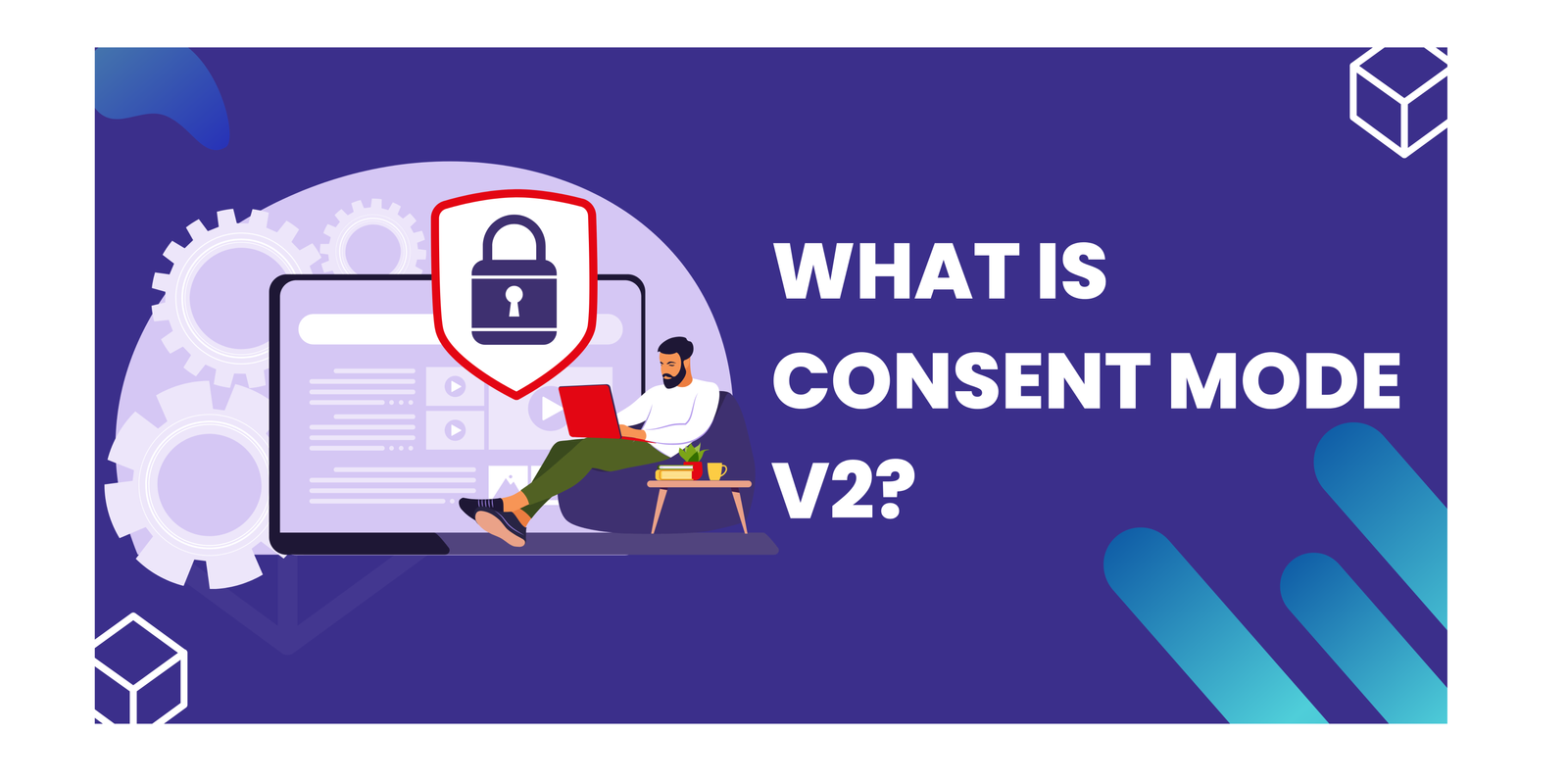Unraveling Agency Pain Points: How to Stay Up to Date with GA4 Updates

Gone are the days of siloed marketing channels. In today’s digital world, customers weave webs of interaction, bouncing between emails, ads, and search before conversion. Attributing credit for sales to these touchpoints? Tough. Enter GA4, a game-changer for cross-channel ad attribution. Its advanced features illuminate the customer journey, revealing how each channel contributes to conversions. No more guesswork, just data-driven decisions to optimize your marketing and turn every interaction into gold.
Key Takeaways
- Cross-channel attribution helps advertisers understand the impact of their marketing efforts across multiple channels.
- GA4 is a powerful tool for enhancing cross-channel attribution.
- GA4 offers key features such as advanced machine learning models and real-time data processing.
- Implementing GA4 for cross-channel attribution involves setting up data streams and events, as well as creating custom attribution models.
- Analyzing cross-channel attribution data in GA4 provides insights into the performance of different marketing channels and identifies optimization opportunities.
Understanding Cross-Channel Attribution

What is Cross-Channel Attribution?
Cross-channel attribution is the process of determining the impact and contribution of each marketing channel in a customer’s journey towards a conversion or desired action. It helps marketers understand which channels are driving the most value and allows for more informed decision-making when allocating resources and optimizing campaigns.
Cross-channel attribution provides insights into the customer journey across multiple touchpoints, such as social media, search ads, display ads, email marketing, and more. By analyzing the data from these channels, marketers can gain a holistic view of how different channels interact and influence each other in driving conversions.
To better illustrate the concept of cross-channel attribution, let’s consider an example:
Why is Cross-Channel Attribution Important for Ads?
Cross-channel attribution is in which channels contribute the most to conversions, advertisers can allocate their budget more effectively and optimize their ad campaigns.
Implementing cross-channel attribution allows advertisers to identify the touchpoints that lead to conversions across multiple channels. This helps in understanding the customer journey and enables advertisers to deliver a more personalized and targeted advertising experience.
Table: A table can be used to compare the performance of different marketing channels in terms of conversions, click-through rates, and cost per acquisition.
List: A bulleted list can be used to outline the steps involved in implementing cross-channel attribution, such as setting up tracking codes, configuring data streams, and creating custom attribution models.
Tip: It is important to regularly analyze cross-channel attribution data to identify trends and patterns that can inform optimization strategies.
Challenges in Cross-Channel Attribution
Cross-channel attribution presents several challenges that marketers need to overcome in order to accurately measure the impact of their ads across different channels:
- Data Fragmentation: With ads running on multiple platforms and devices, data is often fragmented and scattered, making it difficult to track and attribute conversions accurately.
- Cross-Device Tracking: Users interact with ads on various devices, such as smartphones, tablets, and desktops. Tracking user behavior across devices and attributing conversions to the right channel can be complex.
- Offline Conversions: Not all conversions happen online. Tracking offline conversions, such as phone calls or in-store purchases, and attributing them to the appropriate channel adds another layer of complexity.
- Attribution Models: Choosing the right attribution model that aligns with the marketing goals and accurately reflects the customer journey can be challenging. Different models may yield different results and impact decision-making.
Tip: To overcome these challenges, marketers can leverage advanced analytics techniques, such as machine learning algorithms, to analyze and attribute conversions accurately.
Introduction to GA4
What is GA4?
Think of GA4 as Google’s upgraded spy on your website and app visitors. It doesn’t just watch pages they open, but tracks every click, button press, and scroll, across both your website and app. This lets you see the full picture of how people actually use your stuff, not just how they get there.
Before GA4, figuring out which ad, email, or post led to a sale was like playing guess-who in the dark. Now, GA4 shines a light on the whole journey, showing how each touchpoint (like an ad or email) nudged someone closer to becoming a customer.
Here’s how GA4 makes things clearer:
- Super zoom-in: It tracks specific actions, not just page views, so you know exactly what people are doing.
- Bend it your way: Create custom events to track things that matter most to your business, like signing up for a newsletter.
- Connect the dots: Link your website and app data, so you see the whole customer journey across both.
- Play attribution ping-pong: Choose how much credit each touchpoint gets for a sale, not just the last click.
Basically, GA4 is like having a detective on your marketing team, helping you see who the real MVPs are in your customer journey. By understanding exactly how each channel works together, you can optimize your marketing and turn more visitors into paying customers.
Key Features of GA4
GA4 offers several key features that enhance cross-channel attribution:
- Enhanced Measurement: GA4 provides more accurate measurement of user interactions across different channels and devices, allowing marketers to gain a comprehensive understanding of the customer journey.
- Event-Based Data Collection: GA4 uses an event-based data model, which allows for more flexibility in tracking and analyzing user behavior. Marketers can define custom events and parameters to capture specific actions and attributes.
- Machine Learning Capabilities: GA4 leverages machine learning algorithms to automatically analyze and attribute conversions to the most relevant marketing touchpoints. This helps marketers identify the most effective channels and optimize their advertising strategies.
- Integration with Google Ads: GA4 seamlessly integrates with Google Ads, allowing marketers to view cross-channel attribution data directly in their Google Ads account. This integration enables more accurate campaign optimization and budget allocation.
Benefits of Using GA4 for Cross-Channel Attribution
GA4 offers several benefits for cross-channel attribution:
- Enhanced Data Collection: GA4 provides a more comprehensive view of user interactions across multiple channels, allowing for better attribution of conversions.
- Advanced Machine Learning Models: GA4 utilizes advanced machine learning algorithms to analyze data and generate more accurate attribution models.
- Flexible Customization: With GA4, marketers have the flexibility to create custom attribution models based on their specific business needs and goals.
Tip: Experiment with different attribution models in GA4 to find the one that best aligns with your marketing objectives.
- Unified Reporting: GA4 offers a unified reporting interface that combines data from various channels, making it easier to analyze cross-channel attribution and identify optimization opportunities.
- Future-Proof Solution: GA4 is designed to adapt to the evolving digital landscape, ensuring that your cross-channel attribution strategy remains effective in the long run.
Implementing GA4 for Cross-Channel Attribution
Setting up GA4 for Cross-Channel Attribution
To set up GA4 for cross-channel attribution, follow these steps:
- Create a new property in your Google Analytics account specifically for GA4.
- Install the GA4 tracking code on all the pages of your website.
- Configure data streams to collect data from different channels, such as website, mobile app, and offline sources.
- Set up events to track specific user actions, such as clicks, form submissions, or purchases.
- Define your conversion goals and assign them a value to measure the effectiveness of your marketing campaigns.
Tip: Make sure to regularly review and update your GA4 configuration to ensure accurate and reliable attribution data.
Configuring Data Streams and Events
Configuring data streams and events in GA4 is a crucial step in setting up cross-channel attribution. By properly configuring data streams, you ensure that all relevant data from different marketing channels is collected and integrated into GA4. This allows for a comprehensive view of user interactions across channels.
To configure data streams and events in GA4, follow these steps:
- Identify the marketing channels you want to track and collect data from.
- Set up data streams for each marketing channel, ensuring that the correct data sources are connected.
- Define the events that you want to track for each data stream, such as page views, clicks, or conversions.
- Configure event parameters to capture additional information about user interactions, such as product IDs or campaign names.
By properly configuring data streams and events, you can ensure that GA4 collects accurate and relevant data for cross-channel attribution analysis.
Tip: Regularly review and update your data streams and events to adapt to changes in your marketing strategy and goals.
Creating Custom Attribution Models
Creating custom attribution models in GA4 allows you to tailor the attribution logic to your specific business needs. With custom attribution models, you can assign different weights to different touchpoints in the customer journey, giving you more control over how credit is distributed.
When creating custom attribution models, consider the following:
- Define your goals: Clearly define the objectives you want to achieve with your attribution model. This will help you determine the most appropriate model for your business.
- Analyze historical data: Analyze historical data to understand the impact of different touchpoints on conversions. This will provide insights into which touchpoints should receive more credit.
- Experiment and iterate: Test different attribution models and iterate based on the results. Continuously monitor and refine your models to improve accuracy and effectiveness.
By creating custom attribution models, you can gain deeper insights into the customer journey and make more informed decisions about your marketing strategies.
Analyzing Cross-Channel Attribution Data in GA4
Understanding the Attribution Reports
The Attribution Reports in GA4 provide valuable insights into the performance of your marketing channels and campaigns. These reports help you understand how different channels contribute to conversions and assist in optimizing your marketing strategies.
One way to analyze the Attribution Reports is by examining the attribution models. These models determine how credit is assigned to different touchpoints along the customer journey. By understanding the attribution models, you can gain insights into which channels are most effective at driving conversions.
Additionally, the Attribution Reports allow you to compare the performance of different channels and campaigns. You can analyze metrics such as conversions, revenue, and engagement across various channels to identify trends and opportunities for improvement.
Interpreting Cross-Channel Attribution Data
When interpreting cross-channel attribution data in GA4, it is important to focus on key metrics and patterns to gain valuable insights. One way to analyze the data is by looking at the attribution reports provided by GA4. These reports provide a comprehensive view of how different marketing channels contribute to conversions.
To make the most of the attribution reports, marketers can identify the top-performing channels and allocate resources accordingly. Additionally, it is crucial to understand the customer journey and the touchpoints that lead to conversions. This understanding can help optimize marketing strategies and improve overall campaign performance.
Tips for interpreting cross-channel attribution data:
- Look for channels with high conversion rates and allocate more budget to those channels.
- Identify the touchpoints that have the most influence on conversions and optimize campaigns to target those touchpoints.
- Analyze the performance of different attribution models to determine the most accurate representation of the customer journey.
By effectively interpreting cross-channel attribution data, marketers can make data-driven decisions and optimize their advertising efforts for better results.
Identifying Opportunities for Optimization
GA4 is like a treasure map, showing how different ads led to sales. But just like any map, you need to know how to read it to find the gold!
Here’s how to dig for treasure (better ads) in GA4:
- Check the reports: GA4 has special reports that show how each ad helps others. See which ones are buried beneath piles of clicks (not working well) and which ones shine like sunbeams (doing great!).
- Think like a detective: Look for clues in the data. If an ad isn’t getting many sales, maybe it’s lost its way! See why people aren’t clicking or buying, and fix it.
- Don’t be afraid to experiment: Try new things with your ads, see what works best. Think of it like testing different paths on the treasure map, until you find the quickest route to sales (gold!).
Remember, improving your ads is like a treasure hunt with GA4 as your guide. Keep analyzing, tweaking, and testing, and you’ll soon be swimming in sales like Scrooge McDuck!
Best Practices for Enhancing Cross-Channel Attribution
Aligning Marketing Channels and Goals
When aligning marketing channels and goals, it is important to identify the key performance indicators (KPIs) that are most relevant to your business objectives. These KPIs will serve as benchmarks for measuring the success of your cross-channel attribution efforts.
To ensure alignment, consider the following steps:
- Define clear and specific goals for each marketing channel. This will help you determine the desired outcomes and metrics to track.
- Map your marketing channels to the customer journey. Understand how each channel contributes to different stages of the customer’s path to conversion.
- Allocate resources and budget based on the importance and effectiveness of each channel. Prioritize channels that have a higher impact on your goals.
Tip: Regularly review and update your channel alignment strategy to adapt to changing market trends and customer behavior.
By aligning your marketing channels and goals, you can optimize your cross-channel attribution strategy and make data-driven decisions to improve your advertising performance.
Testing and Experimentation
Testing and experimentation are beneficial for optimizing cross-channel attribution in GA4. By conducting tests and experiments, marketers can gather data and insights to make informed decisions about their advertising strategies. Here are some best practices for testing and experimentation in GA4:
- A/B Testing: Compare different versions of ads or landing pages to determine which performs better in terms of conversions and attribution.
- Multivariate Testing: Test multiple variables simultaneously to understand the impact of different combinations on attribution.
- Segmentation Testing: Divide your audience into different segments and test different strategies for each segment to identify the most effective approach.
Tip: When conducting tests and experiments, it’s important to have a clear hypothesis and define measurable goals. This will help you track and evaluate the impact of your changes on cross-channel attribution.
Advanced Analytics Techniques
Think of your customers like a giant crowd. GA4 lets you group them based on things like age, interests, or how they click around. This way, you can see which ad paths each group loves (and hates!).
Imagine the perfect sales journey: A smooth trip from ad click to purchase. GA4’s “funnel analysis” shows you where people get stuck on that journey. Maybe they ditch their cart halfway through? Find the snag and fix it!
Want to know which ad works best? GA4 lets you run tests like a science experiment. Show two different ads to similar groups, then see which one leads to more sales. The winner gets promoted, the loser goes back to the drawing board!
Remember, GA4’s advanced tools are like your secret spy team. They gather intel on your customers and ads, letting you make smart decisions to turn clicks into happy, paying customers. Keep digging, testing, and tweaking, and watch your sales soar!
Conclusion
In conclusion, GA4 offers a powerful solution for enhancing cross-channel attribution for ads. With its advanced tracking capabilities and machine learning algorithms, advertisers can gain valuable insights into the customer journey and optimize their advertising strategies accordingly. By leveraging the power of GA4, businesses can make data-driven decisions, improve their return on investment, and drive better results. It is clear that GA4 is the future of cross-channel attribution, and advertisers should embrace this technology to stay ahead in the competitive digital landscape.
Frequently Asked Questions
What is cross-channel attribution?
Cross-channel attribution is the process of assigning credit to the marketing channels that contribute to a conversion or desired action across multiple channels.
Why is cross-channel attribution important for ads?
Cross-channel attribution is important for ads because it allows advertisers to understand the effectiveness of each marketing channel and optimize their ad spend accordingly.
What is GA4?
GA4, or Google Analytics 4, is the latest version of Google Analytics that provides enhanced cross-channel attribution capabilities.
What are the key features of GA4?
Some key features of GA4 include enhanced measurement of app and web interactions, AI-powered insights, and cross-device tracking.
What are the benefits of using GA4 for cross-channel attribution?
Using GA4 for cross-channel attribution provides a more comprehensive view of user behavior, allows for better understanding of the customer journey, and enables better optimization of marketing campaigns.
How do I set up GA4 for cross-channel attribution?
To set up GA4 for cross-channel attribution, you need to create a GA4 property, implement the GA4 tracking code on your website or app, and configure data streams and events.
Connect with Us
Stay ahead in the ever-evolving world of marketing technology by connecting with Advaana Inc. Let's work together to transform your marketing technology landscape. Connect with us today and take the first step towards achieving your MarTech goals. image

(717) 461-9080








